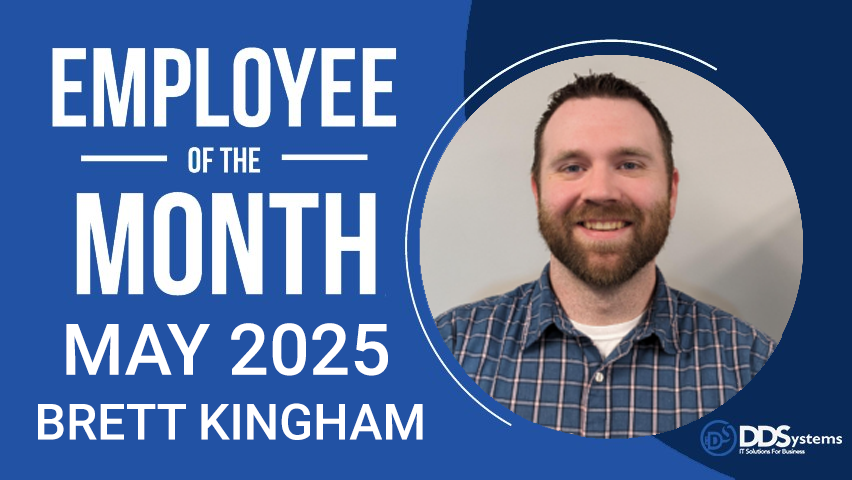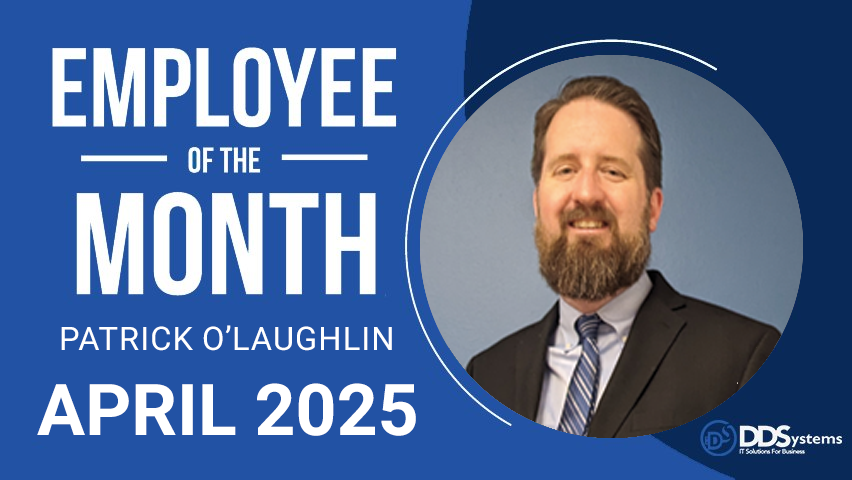Employee of the Month: May 2025

We’re proud to recognize Brett Kingham as our Employee of the Month! Recently stepping into his new role as Customer Success Specialist, Brett has hit the ground running—and he’s already making a major impact. With an unwavering can-do attitude, a strong commitment to our clients, and a genuine passion for helping others succeed, Brett is […]
Employee of the Month: April 2025

We are excited to recognize Patrick O’Laughlin, our Executive IT Advisor, as our Employee of the Month for April 2025! Patrick is an outstanding member of our team, known for his expertise, dedication, and commitment to excellence. Recently, he also partnered with his coworkers to support a local charity, demonstrating the same passion for helping […]
Employee of the Month: March 2025

Since joining in November 2024, Tyler Brown, our Service Desk Team Lead, has been instrumental in optimizing service operations and ensuring we meet our organizational goals. He keeps our call queue staffed, drives ticket progression, and streamlines escalations for faster resolution. Tyler has also worked closely with Operations Management, refining our reporting and metrics. His […]
Smart Data Management with Office 365: Protect What Matters Most
In today’s digital world, data is your company’s most valuable asset—and your biggest liability if not handled correctly. As businesses increasingly rely on cloud-based tools, protecting sensitive information while maintaining productivity is critical. That’s where Office 365 and Microsoft Purview Sensitivity Labels come in—and where Decisive Data Systems helps make it all work for you. […]
